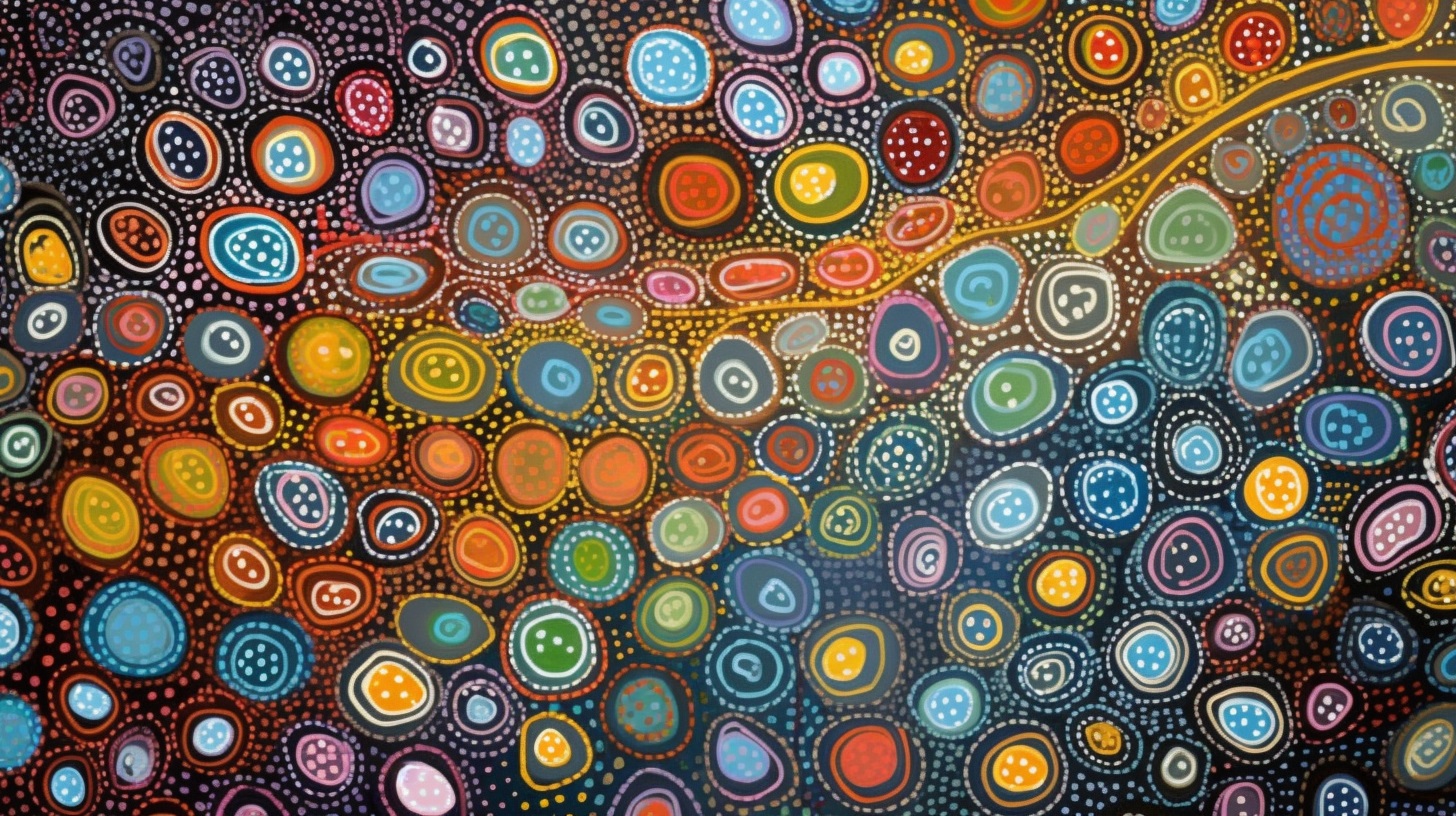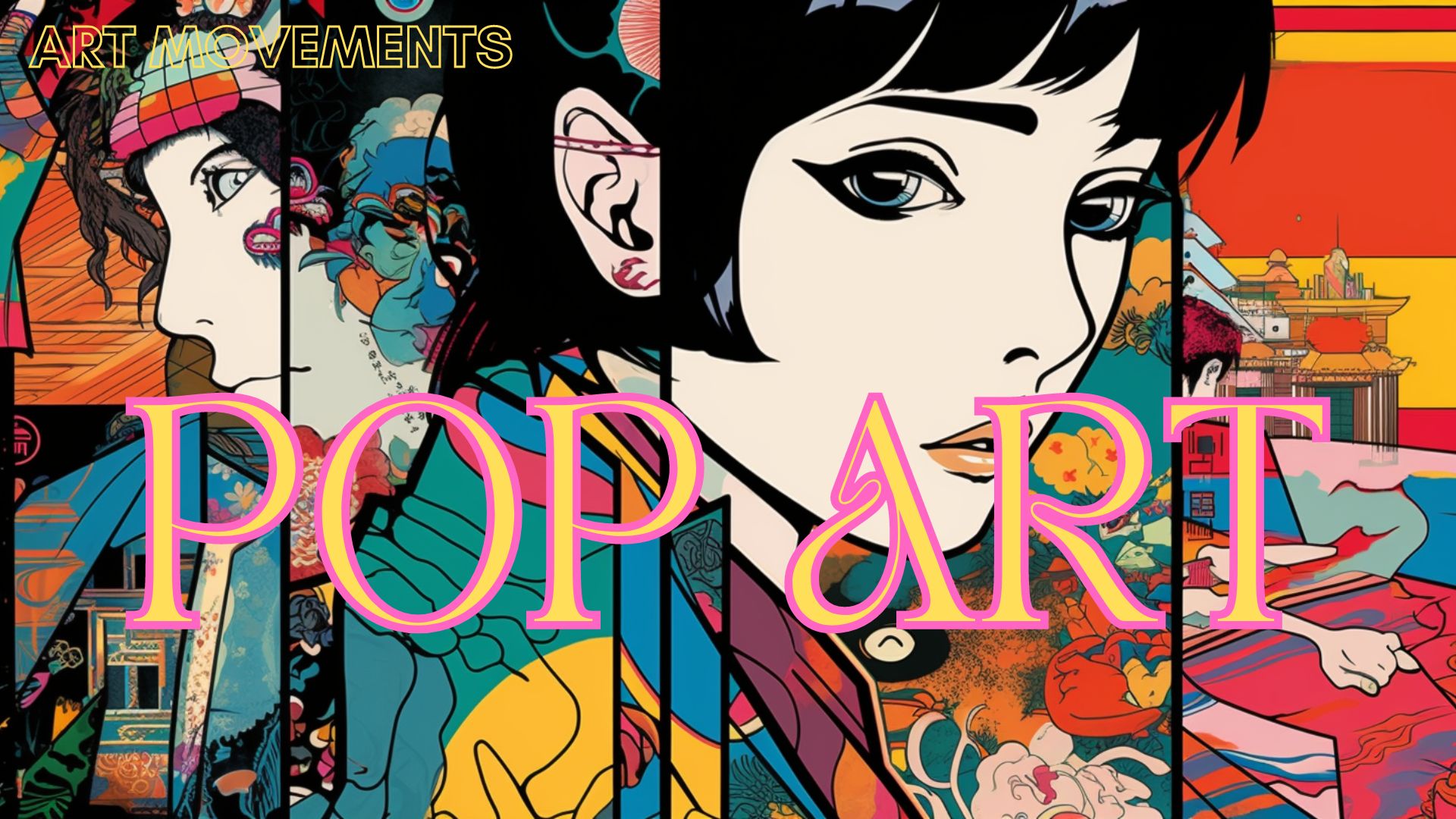Julian Ashton (1851 – 1942)
Julian Ashton was an influential portrait and landscape artist, and teacher known for his vigorous support of the Australian Impressionist Heidelberg School to which his authority has been both powerful and extensive. Well-educated in artistic practices and theory Ashton attended the West London School of Art and the Academie Julian in Paris. It was at…



